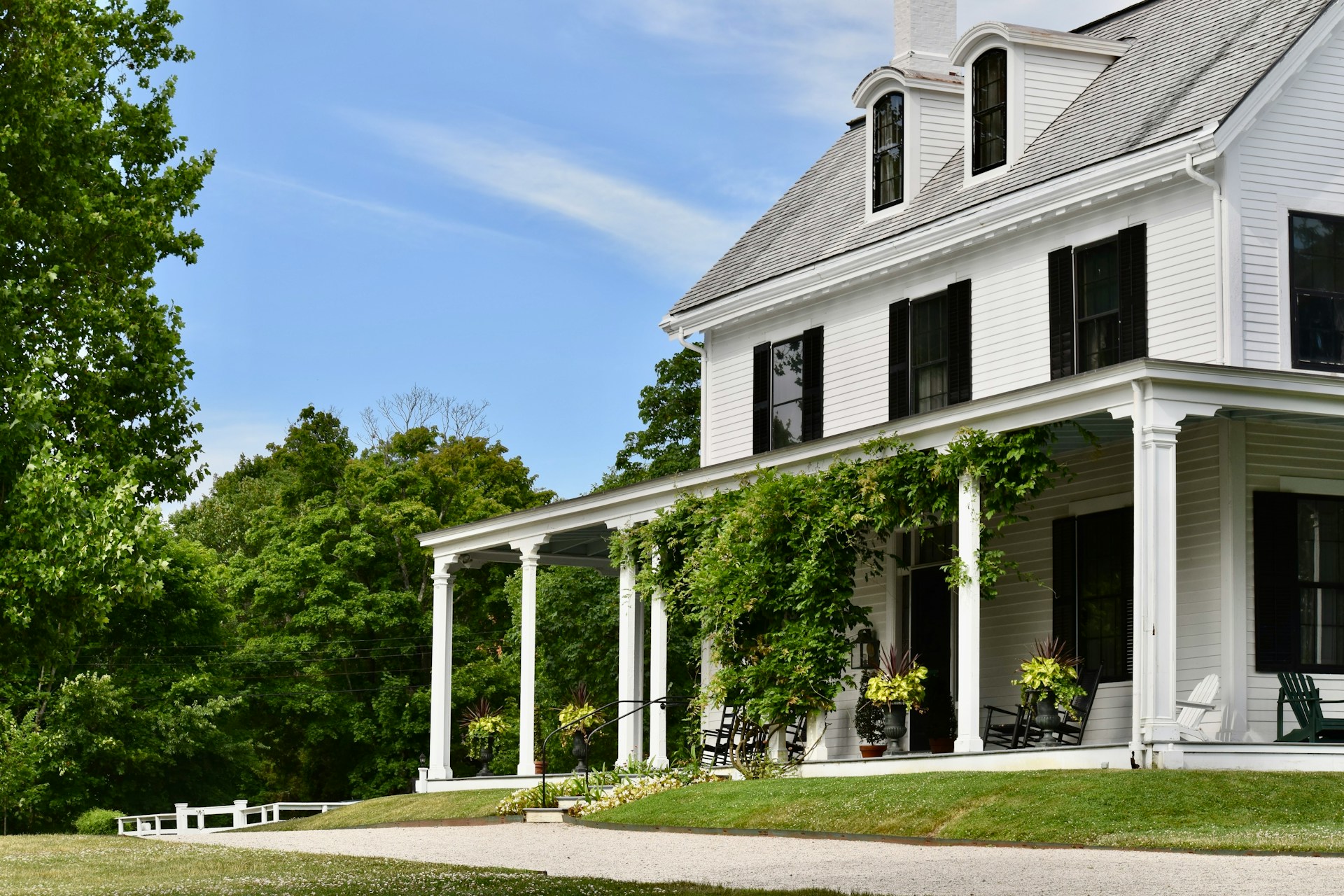
Hazard insurance for the home is a type of protection that helps cover damage to the physical structure of your house. When people hear the word “hazard,” they may think it covers everything that could possibly go wrong, but that is not the case. Hazard insurance is focused on specific risks, like fire or lightning, that can cause serious harm to your property. If you have a mortgage, most lenders will require you to have hazard insurance so that the home is protected.
What Is Hazard Insurance?
Hazard insurance is part of homeowners insurance that protects the actual building where you live. It pays for repairs or rebuilding if your home is damaged by covered risks, such as a fire or a lightning strike. This coverage does not usually extend to the belongings inside the house, like furniture or electronics. Instead, it focuses on the walls, roof, floors, and other parts that make up the home’s structure.
Mortgage companies often require hazard insurance because the house is their security for the loan. If a disaster were to happen, the lender wants to make sure the home can be repaired or rebuilt. That way, the property does not lose all of its value. For homeowners, it provides peace of mind, knowing that the financial burden of major repairs will not fall entirely on them.

What Hazard Insurance Covers
The coverage under hazard insurance usually applies to a list of specific perils. These are the events that the insurance company agrees to protect against. Some of the most common perils include:
- Fire – If a fire breaks out, hazard insurance helps pay to repair or rebuild the damaged parts of the home.
- Lightning – A lightning strike can cause roof damage or even start a fire. Hazard insurance covers these costs.
- Hail – Roof shingles, siding, or windows damaged by hailstorms are usually covered.
- Vandalism – If someone intentionally damages the home, hazard insurance can cover repairs.
These are only a few examples, but they show how hazard insurance protects homeowners against sudden and unexpected events. Without this coverage, repairing or rebuilding after such damage could cost thousands of dollars out of pocket. By having hazard insurance in place, the home is financially protected against these specific dangers.
What Hazard Insurance Excludes
It is important to understand what hazard insurance does not cover. One major exclusion is wind damage. Hazard insurance excludes wind, which means storms, hurricanes, or tornadoes that damage roofs, siding, or other parts of the home are not included. In areas where windstorms are common, homeowners often need to buy a separate windstorm policy to fill this gap.
Other exclusions can include floods and earthquakes. Flooding from heavy rain or rising rivers usually requires flood insurance, while earthquake damage needs its own type of policy. Hazard insurance may also exclude normal wear and tear, pest damage, or maintenance issues. By knowing what is not covered, homeowners can make smart decisions about adding extra coverage where needed.
Why Hazard Insurance Matters
Hazard insurance matters because it helps protect the biggest investment most people will ever make: their home. Imagine if lightning struck your roof and caused a fire. Without hazard insurance, you would have to pay for repairs or even rebuilding out of your own pocket. With coverage, you can file a claim, and the insurance helps cover the cost.
It also matters because lenders often make it a requirement. If you are financing your home, the lender wants to be sure that the property will not lose its value due to a covered event. Having hazard insurance is a way to protect both the homeowner and the lender. Beyond meeting requirements, it provides financial security and peace of mind.
Hazard Insurance vs. Homeowners Insurance
People often wonder if hazard insurance is different from homeowners insurance. Hazard insurance is not usually sold as a separate policy. Instead, it is part of a standard homeowners insurance policy. The hazard portion specifically covers damage to the structure from certain perils.
Homeowners insurance usually includes additional protections. For example, it may cover personal belongings inside the home, provide liability protection if someone gets injured on your property, and even cover living expenses if you cannot stay in your home due to damage. Hazard insurance is just one piece of the bigger picture.
When Extra Coverage Is Needed
Since hazard insurance excludes certain risks, you may need extra coverage depending on where you live. For example, if you live in a coastal area prone to hurricanes, you may need windstorm coverage. If you live near a river or in a floodplain, flood insurance is a smart addition. Earthquake-prone regions often require their own coverage as well.
Each of these types of policies addresses risks that hazard insurance does not cover. By combining them, you can build a more complete safety net for your home. Talking with your insurance provider about what is and is not covered is the best way to see if extra coverage is necessary.
How to Review Your Hazard Insurance
To get the most out of your hazard insurance, it is important to review your policy. Look at the list of covered perils and exclusions. Pay attention to whether hazards like wind, floods, or earthquakes are included or left out. Check the coverage limits to make sure they are high enough to cover the cost of rebuilding your home if needed.
Homeowners should also check their deductible, which is the amount you pay out of pocket before the insurance kicks in. A higher deductible can lower your premium, but it also means you will pay more if damage happens. By reviewing your policy and making adjustments, you can be sure you have the right protection for your situation.
Start Your Quote Today
Our licensed specialist will search for the best insurance quotes and will email you when ready.


